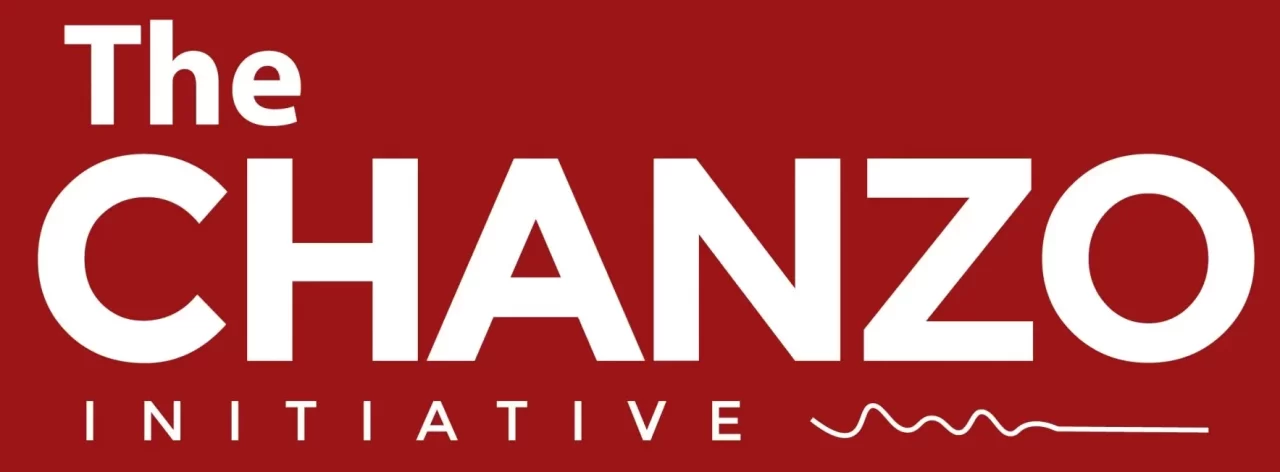Only 1.6 million adult Tanzanians are covered by health insurance. That makes it a mere six per cent of the entire population of the East African nation.
Fourteen million Tanzanians live below the international extreme poverty line with the majority being just above and just below the poverty line.
Vulnerability is very high: for every four Tanzanians who moved out of poverty, for example, three fell into it.
A large number of non-poor people living just above the poverty line are also at risk of slipping below it.
Savings as a proportion to the Gross Domestic Product (GDP) are very low, at just 16 per cent, while access to credits is very low amongst the poor.
Solutions available
ACT-Wazalendo is calling for the introduction of social protection scheme that will cushion people from falling into poverty in three major ways.
The first one concerns those with some income. The solution here is to incentivize them to save, by matching scheme, through the social security system in which benefits include access to credits (financial inclusion), health insurance coverage and the old age pension.
The second solution concerns the extreme poor. The solution here is to provide support for income generation while contributing the same savings into a social security system for a limited period till they graduate to a matching scheme.
And third, targeting investment by social security funds into economic activities that empower the poor and climate-friendly energy sources for the poor.
Practically, people in the informal sector should be enrolled in a voluntary scheme under the National Social Security Fund (NSSF).
The minimum contribution to NSSF by a member is $15. Government should match $5 for each $10 contributed by individuals.
For health coverage?
NSSF is mandated to provide a short-term benefit of health insurance to its members under the Social Health Insurance Benefit (SHIB).
Based on our proposal, all current members of NSSF and new members from the voluntary scheme will receive social insurance benefits.
The fund shall remit to the health insurance scheme a sum total of 20 per cent of members’ contributions.
All current members of the Public Service Social Security Fund (PSSSF) shall also receive a social insurance benefit and the fund remit to the health insurance scheme 20 per cent of all members’ contributions.
With the current 1.5 million membership of social security funds, the health insurance scheme will receive around Sh530 billion.
New members of social security funds will increase contributions to health insurance schemes more. Let us explore the numbers below.
A total of 13.7 million Tanzanians, 60 per cent of which are women living in rural areas involved in agriculture, fisheries, livestock keeping and small-scale trading, including 6.3 million people currently covered by the Tanzania Social Action Fund (TASAF), are expected into the voluntary scheme.
What is the budget for this? A total of $444M each year for the first five years.
This is the amount the government will match to contributions from 7.4 million members of the voluntary scheme to be managed by the NSSF.
NSSF will collect $888 million each year from the estimated 7.4 million members of the scheme.
NSSF will also receive from the government a total of $1.1 billion for the TASAF beneficiaries
The total annual contribution to the NSSF from the scheme is estimated to be $2.4 billion.
About 20 per cent of the contributions shall be remitted to the health insurance scheme. This amounts to $266.4 million annually from others and $205 million from TASAF beneficiaries.
Important also
The scheme should be designed through sub-schemes such as Wakulima Scheme, Wavuvi Scheme, Wafugaji Scheme, Wamachinga Scheme etc. People should join the schemes through their cooperatives or associations.
Digital technology should be massively employed.
Savings that lead to access to credits, health insurance, other short-term benefits like price stabilization benefits for peasants/weather insurance for livestock keepers/fishermen and women and the possibility of an old age pension to address old age poverty seems a super smart idea for sustainability.
Quantitatively and qualitatively this means: one, a total of 9.9 million adult Tanzanians will be members of the social security system and automatically benefits from the health insurance scheme.
Two, a total of 59.4 million people will have health coverage from the rule of thumb of one member covering five others (spouse and four children).
Three, a total of 6.3 million people under TASAF will have the support of the government in social protection and hence health coverage.
Four, the government can declare universal health insurance coverage.
Five, the health insurance scheme will be collecting around Sh1.6 trillion annually (Sh530 billion from the current members of the social security funds, Sh680 billion from members of the matching scheme proposed here and Sh464 billion from TASAF beneficiaries) to cater for health services provision to Tanzanians.
Six, NSSF will become the largest social security fund in East Africa if not the whole of Africa with more than $2 billion ($3.1 billion including TASAF) contributions a year.
Three functions of any social security fund are first, contributions. Second, investments. And third, benefits.
As demographics are advantageous to Tanzania, the majority of members will be young and hence resources will be available for short-term, medium-term and long-term investments.
Seven, targeted investments in economic activities that generate more jobs would lead to more members into NSSF and PSSSF out of the matching scheme as every single new formal job means one less matching member.
Important to note also: 6.3 million Tanzanians under the TASAF program need a 100 per cent contribution to the scheme.
This amounts to $1.1 billion to the NSSF, 20 per cent of which ($205 million) is to be remitted to the health insurance scheme.
Why this idea matters?
The poor are not saving and those who save need the protection of their savings from one of the most significant shocks which is catastrophic health expenditure.
The aim is to enable people to get covered in health insurance (as a benefit from being in the social security scheme).
The aim also is to have people have access to credits to open/run/expand their economic activities and put money into their pockets to increase money circulation in an economy heavily impacted by COVID-19 through reinvestment by social security funds into people-impacting projects to increase their economic activities.
The idea will extend social security coverage to the informal sector and massively boost savings and investments.
Is it feasible?
There exists a National Social Security Fund (NSSF) with experience to manage a scheme like this.
But it requires improvements in its governance structures, including having beneficiaries represented on the board to oversee the scheme.
Poor households have been identified already and others would be encouraged through a massive mass education program inbuilt into the idea.
Digital technology through mobile money, mobile credit records and real-time viewing of records will be utilized.
It is simple and feasible with few risks of misuse and leakage.
Sustainable?
Yes, it is sustainable. Five years of consistent government funding is needed for this matching support and sustainability afterwards.
Budget in USD: $444 million every year for five years for matching funds is needed.
For TASAF beneficiaries another $1.1 billion will be needed.
Therefore, a government budget of $1.5 billion annually is needed to fund the scheme.
But all the money for the annual budget should be held at the dedicated account at the Bank of Tanzania (BoT) and monthly disbursement into beneficiaries’ accounts at NSSF effected from the former.
Dorothy Semu is ACT-Wazalendo’s Deputy Chairperson (Tanzania Mainland). She is also the Prime Minister of the party’s Shadow Cabinet. She can be contacted at dorothysemu@gmail.com or on Twitter as @SemuDorothy. These are the writer’s own opinions and do not necessarily reflect the viewpoints of The Chanzo Initiative. Want to publish in this space? Contact our editors at editor@thechanzo.com for further clarification.




